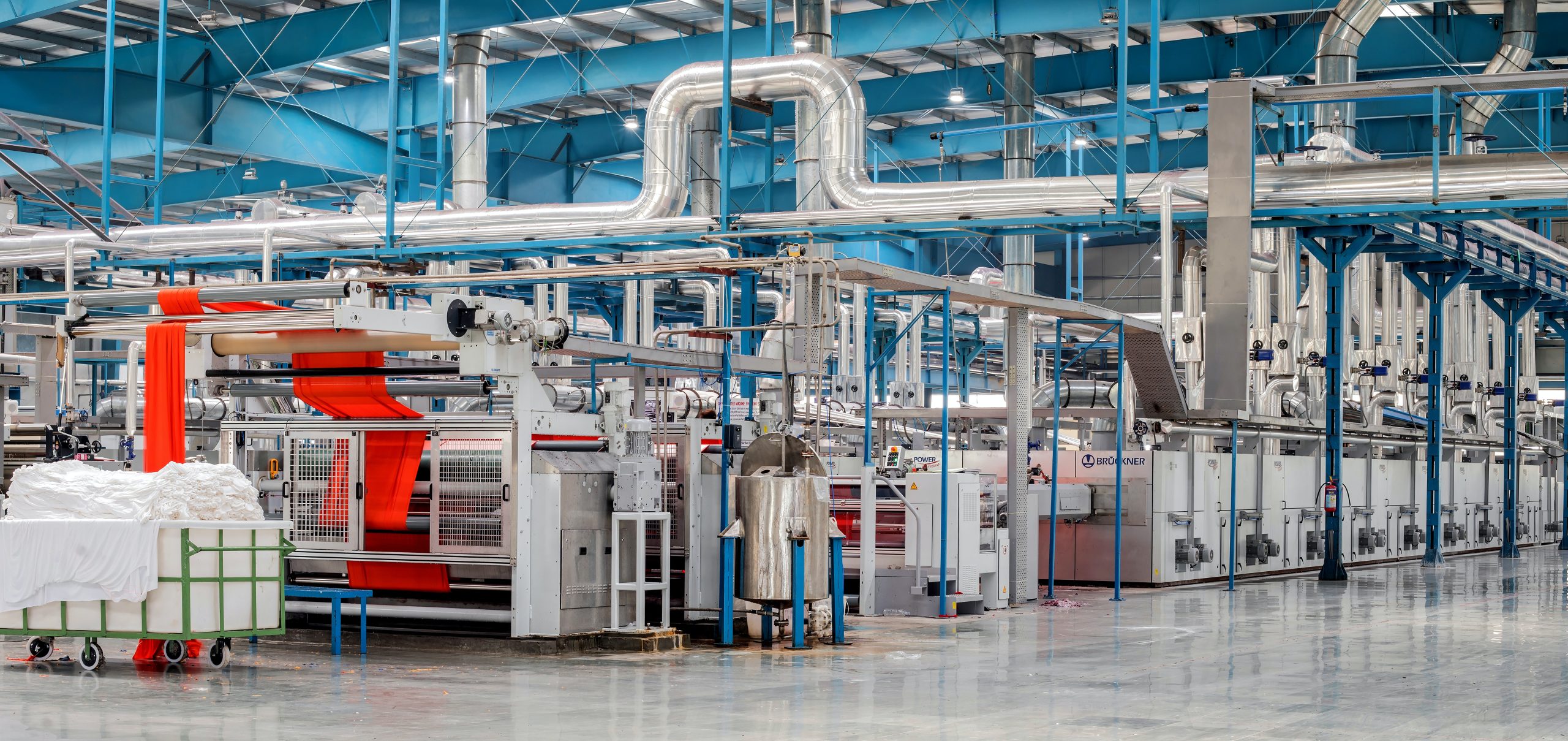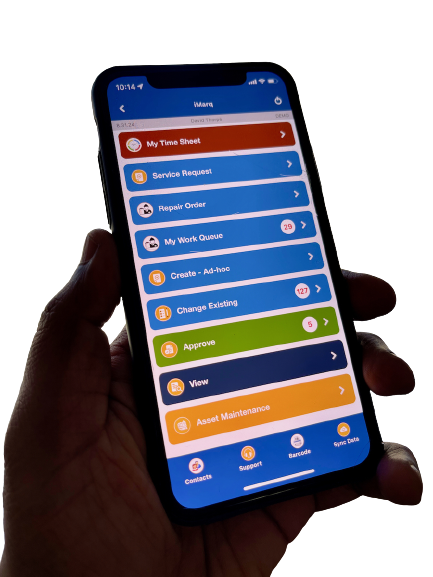The post-pandemic world is seeing a skills shortage crisis across all sectors of the economy. In this scenario, the shortage of heavy machinery technicians directly affects contractors and has reached crisis levels.
A skills gap continues to exist, according to the economic statistics and research of AED members published in the spring of 2019. Most AED participants who replied to the survey claim that they could not find adequately qualified technicians to fill open positions. Additionally, 89% of respondents claim that their own company or shop is experiencing a labor shortage. The general economy is still seeing the same trend.
The overall confirmed condition of the technical skills gap on a national level is built on micro-level situations. It is vital to understand these by carefully examining the contribution of all stakeholders, tracking developments, and assessing the efficacy of policy initiatives. And disaggregating data seems to be the only smart move for gaining useful insights about this.
While there isn’t a single ideal approach organizations can use to deal with a technician shortage, adopting new technology can help to resolve some of the problems posed by the crisis.
Insight on U.S Technician Shortages

Wrenchway estimates that the automotive industry will be short about 642,000 technicians (automotive, diesel, and collision) by 2024, reflecting the seriousness of the situation. Such big numbers may have a major impact on businesses.
The skill shortage significantly harms the bottom line and growth potential of businesses. If qualified workers are not hired to fill the vacant positions, manufacturing industry research suggests that approximately USD $454 billion, or roughly 17% of the anticipated U.S. manufacturing GDP, may be at risk.
Among AED members, the top three leading consequences of the labor shortage are an incapacity to meet customer demand, developmental delays, and an inability to seize new opportunities. Using the study results as a guide, it can be estimated that AED distributor members look to hire 3,300 technicians annually. When non-AED member dealers are considered, we estimate that there may be 9,000 to 14,700 open technician positions each year.
Michael Vazquez, vice president of MECO Miami explains, “We’ve turned down business because of the lack of technicians. If I’ve got two machines that need to be fixed within the next couple of weeks, and I’m already booked with current clients, I can’t help you. I recently turned down work because we didn’t have the mechanics.”
How Can Technology Help?

1. Robotic Process Automation (RPA) to Handle Repetitive Tasks
Many industries, including manufacturing, financial services, healthcare, insurance, logistics, and utilities, are establishing a space for Robotic Process Automation. RPA is thought to be applicable to 60% of tasks in manufacturing, 43% of duties in banking, financial services, and insurance processing, and 36% of work in healthcare and social services. When a business doesn’t have enough employees to fulfill these duties, Robotic Process Automation can assist in the shortage of technicians by assisting in tedious, repetitive, and physically taxing tasks.
Furthermore, cutting-edge technology like full-body powered exoskeletons might expand a company’s pool of potential employees. Workers with limited mobility or other physical conditions can undertake physically hard duties thanks to these exoskeletons. Additionally, they can lessen the strain of prolonged standing or moving large objects
2.The Internet of Things (IoT) to Monitor & Trigger Maintenance
Another technology that is increasingly being adopted is the Internet of Things. This includes a broad range of technology ranging from sensors deployed on remote facilities to telematics / Electronic Logging Devices (ELDs) onboard commercial vehicles. The impact on maintenance and technician requirements is substantial. For example, in the case of fleet maintenance, onboard sensors (telematics) can be used to directly trigger maintenance requests based on fault codes that the sensors detect and transmit or on the miles driven. This ensures that the asset is actually “calling” for maintenance rather than a system where maintenance is performed, required or not, based on a set schedule. This has an immediate impact on technician deployment in workshops, in addition to ensuring that vehicle maintenance is optimized.
3.Digital Twins to Teach Workers New Skills
A virtual representation created to represent a tangible product accurately is called a digital twin. It is anticipated that digital twin technology will become crucial in the manufacturing, engineering, and architecture sectors. A digital twin can be used as a fast and inexpensive instructional tool to help less experienced technicians quickly become more skilled.
A digital twin uses historical data to record the knowledge of seasoned workers and then informs fresh employees of recommendations based on that knowledge. When new staff are comfortable with their abilities, they can use the digital twin to hone or test those abilities without interfering with other employees or physical processes. When staffing is tight, this might assist businesses in giving training priority.
4.Digitizing Work – automating routine tasks
Studies show between 25% to 35% wrench time is standard across maintenance shops – needless to point out that this is not just an opportunity for improvement, but quite an inexcusable situation given the shortage of technicians. Digitization work using cloud mobile technology such as those from Connixt can achieve over 20% efficiency gains – something documented by Connixt customers within weeks of implementation. For example, a 20% efficiency gain in a 50 person shop would mean that they could now perform the work of a 60 person shop. More importantly that 50 person shop is now performing far below potential. Challenges related to digitization mostly relate to change management, low adoption rates and technology costs, timeline and deployment – all of which are effectively addressed by technology such as those from Connixt. Higher user adoption rates, no-code deployment within weeks, easy change management (measured in hours, not weeks or months) and outstanding configurability are a part of the Connixt suite.
Of the 4 ways discussed here about using technology to address technician shortage, this last one is the shortest leap of all. And readily handled by products like Connixt iMarqTM.
Looking to digitize your manual process? Talk to us at Connixt about our mobile enterprise suite to automate your inspections, maintenance, crew management, safety, inspections, and compliance processes. Book a demonstration with us today to know more!





